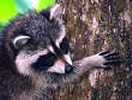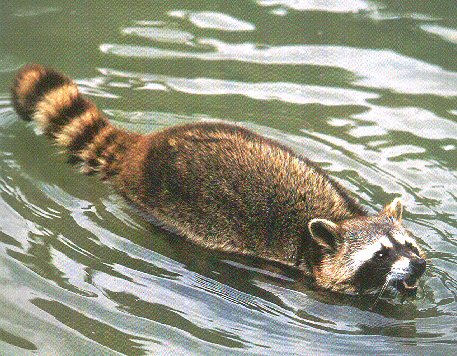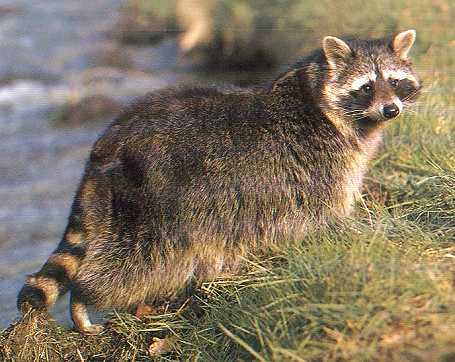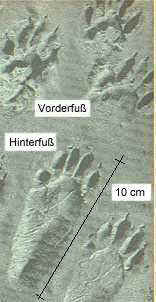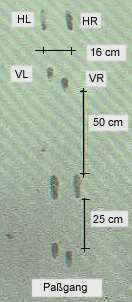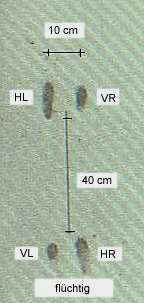|
With great pleasure I want to thank Prof. Myron L. Pulier /
New Jersey / USA Raccoons in Germany.
. . Wilhelm Sittich Freiherr v.Berlepsch (1881 - 1948) forest
superintendant for Vöhl / Edersee and ex
officio head of district huntsmen, had served as military-attaché in Canada, where he became familiar
with raccoons. Raccoon
fur had become fashionable in the 1920s and there were several breeding-farms
for raccoons in Germany. On The
planned observation of the animals was difficult and unsuccessful as they were
secretive and nocturnal. After three months one animal was found to have drowned
and the other three were never seen again. With
the breakdown of civil infrastructure in 1945 many more captive raccoons entered
the forests from fur farms in Hessia, Rhineland-Palatinate, North
Rhine-Westphalia,
Hamburg, Alfons
Heimbach, a 14-year-old boy of a forester family from Laasphe in the area of
Wittgenstein, knew that raccoons are very secretive, so he was especially proud
of being able, with a flashlight at night, to observe from the window of his
boarding school dormitory a raccoon foraging at the trashcans. As no one would
believe his word, he asked the forest superintendent's office for permission to
catch raccoons with a non-injurious trap he had built. Shortly before receiving
his high school diploma, he came in second in the country’s “Youth
Search" competition with his work on raccoons. The future forester wrote
his diploma thesis in forest science in Minden
on raccoons, and later
became
forest superintendent in Attendorn. Whether the raccoon is damaging or useful is
no issue for Heimbach: "The raccoons have settled down in Germany
and are no longer to be
imagined as anything but local fauna.” By
1979 the number of raccoons in Germany
was an estimated 200,000.
For ecological balance the raccoons have been hunted since 1973, although
private catch is prohibited. Before that time raccoons were a protected species.
Raccoons never attack, but are able to defend themselves very effectively even
against experienced hunting-dogs by scratching and biting. As
for whether raccoons damage the environment, investigations by the biologist Dr.
Walburga Lutz showed that raccoons prefer forested and richly watered hilly
regions. The animal is omnivorous and is a poor hunter, being too clumsy to
stalk prey and having difficulty catching even young mice and ill frogs. Its
diet is mainly vegetarian, including fruit — especially cherries — chestnuts
and grain, supplemented with worms and insects. Occasionally, a raccoon may
succeed in obtaining meat from sick or dead mice, frogs (under 10% of the diet)
and small-birds (under 5%). Today, after many years of observation, no
difference can be detected in the game-population between areas with or without
raccoons. Since the raccoon has the habit of feeling its food with its long, soft fingers before consuming it, the American Algonquians named it "aracun" (scratch-hand). Because raccoons tend to do this in water the Germans gave it the name "Waschbär" (washing bear). .
|
|||||||||
|
|
|||||||||
